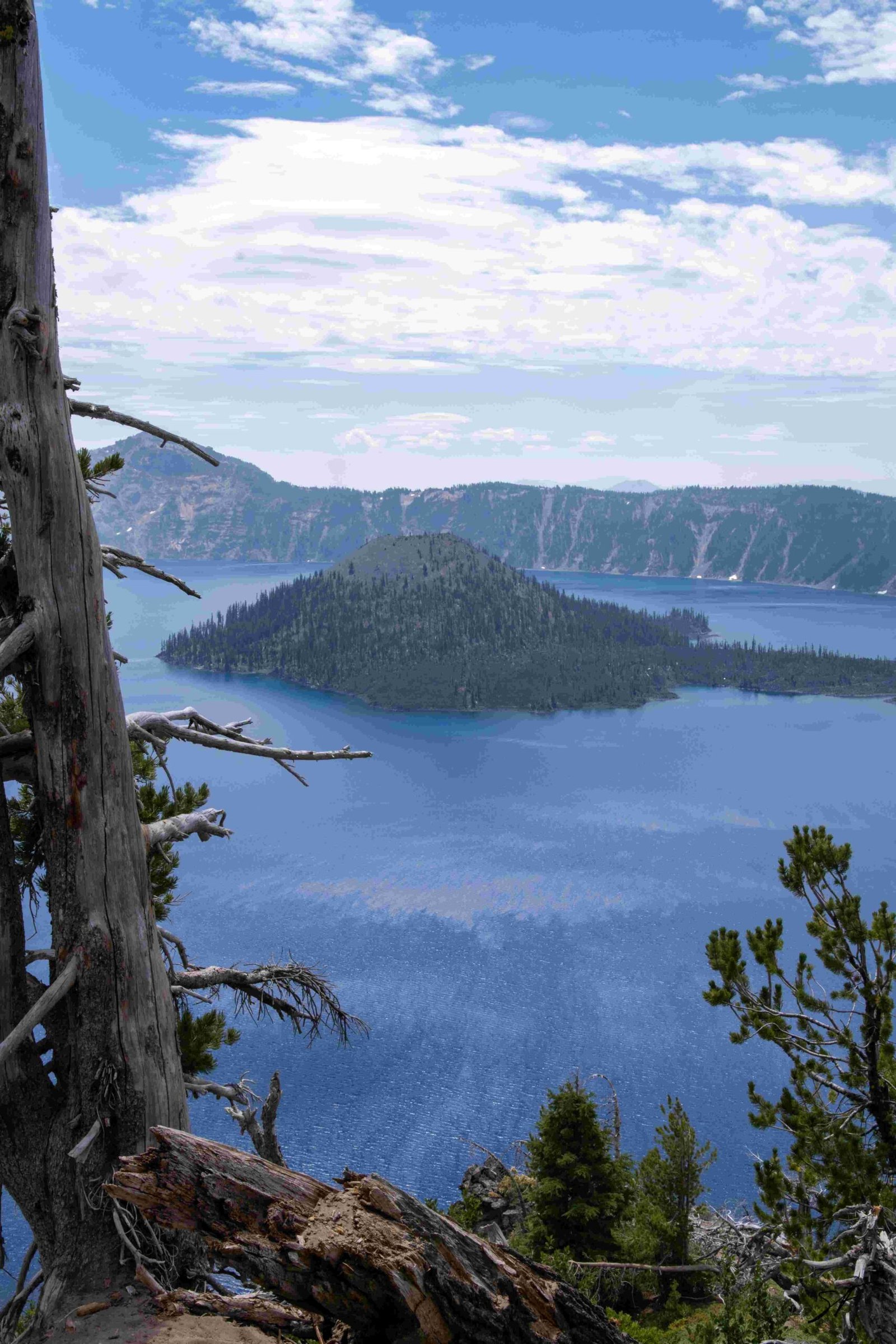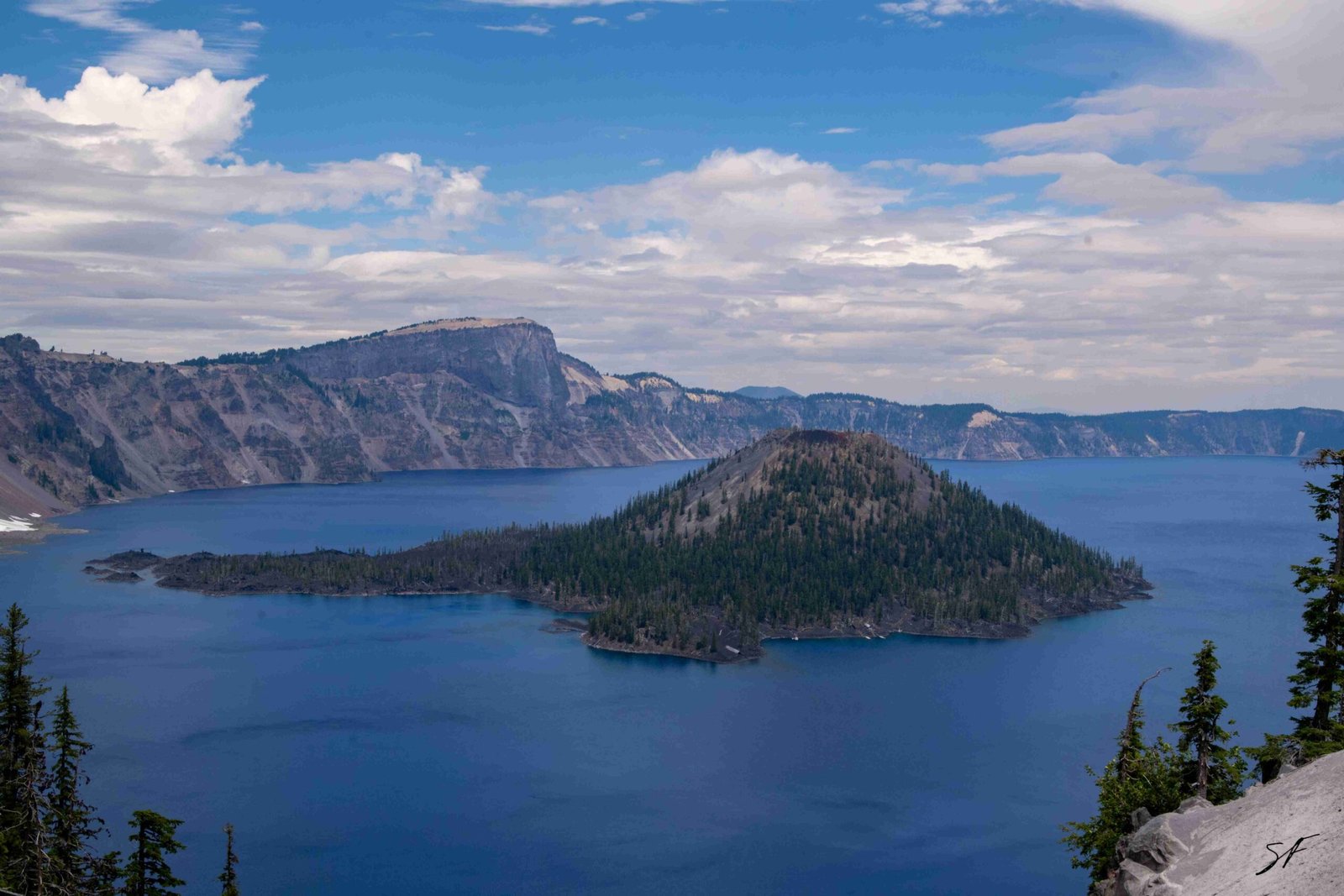Crater Lake National Park boasts a diverse array of wildflowers, adapting to its unique ecosystem. Despite the short growing season and challenging soil conditions, the park showcases vibrant floral displays. From lupines and buckwheat to rare endemic species, the park’s flora offers a spectacular sight for visitors. Peak blooming periods vary by elevation, typically occurring from late June through early August, with some flowers blooming from early June until the end of August.
What Types of Wildflowers Can You Find in Crater Lake National Park?

Crater Lake National Park is home to a variety of wildflowers, each adapted to the park’s unique environment. Here’s a list of some notable species:
- Lupine
- Anderson’s Lupine
- Broadleaf Lupine
- Dwarf Lupine
-
Largeleaf Lupine
-
Buckwheat
- Marumleaf Buckwheat
- Cushion Buckwheat
- Naked Wild Buckwheat
- Tall Woolly Buckwheat
-
Sulphurflower Buckwheat
-
Other Notable Wildflowers
- Western Pearly Everlasting
- Western Pasque Flower
- Crimson Columbine
- Pacific Bleeding Heart
- Alpine Shooting Star
- Engelmann’s Aster
- Colville’s Aster
These flowers have adapted to different elevations and soil types within the park, creating a diverse and colorful landscape.
When is the Best Time to See Wildflowers at Crater Lake?

The blooming periods for flowers specific to Crater Lake National Park vary depending on the location and elevation. Here’s a breakdown of peak blooming times:
| Location | Elevation | Peak Blooming Period |
|---|---|---|
| Crater Lake Rim | 7,000-8,000 ft | Late June – Early August |
| Annie Creek Canyon | Lower elevation | Mid-June – End of July |
| Castle Crest Wildflower Trail | 6,386-6,470 ft | Late June – Early August |
| Mount Scott | Highest point in park | Early July – Mid-August |
While these are the peak periods, some flowers may bloom from early June until the end of August, depending on weather conditions and specific species.
Where Are the Best Locations to View Wildflowers in the Park?
Crater Lake National Park offers several prime locations for viewing flowers specific to the area:
-
Crater Lake Rim: This area provides stunning views of the lake and a variety of wildflowers at elevations between 7,000 to 8,000 feet.
-
Annie Creek Canyon: Known for its diverse wildflower display, this location is accessible via hiking trails and offers a different perspective from the rim.
-
Castle Crest Wildflower Trail: This popular hiking trail showcases an array of wildflowers at elevations between 6,386 to 6,470 feet.
-
Mount Scott: As the highest point in the park, Mount Scott offers late-summer blooms at higher elevations, providing a unique viewing experience.
How Accessible Are These Wildflower Viewing Areas?
Accessibility to view flowers specific to Crater Lake National Park varies:
- Many viewing areas are accessible via hiking trails and scenic drives around the Crater Lake Rim.
- The park provides trails for various skill levels, from easy walks to more challenging hikes.
- Parking is available at various trailheads and viewpoints, but can be limited during peak season, especially at popular spots like the Crater Lake Rim.
- Activities for wildflower viewing primarily include hiking, driving, and walking.
- Scenic drives and viewpoints allow visitors to enjoy the flowers without extensive hiking.
What Makes Crater Lake’s Wildflowers Unique?
The flowers specific to Crater Lake National Park are unique due to several factors:
-
Adaptation: These wildflowers have adapted to the park’s short growing season and unique soil conditions.
-
Diversity: Despite challenging conditions, the park hosts a wide variety of species, from common lupines to rare endemic plants.
-
Elevation Range: The park’s varying elevations create different microclimates, allowing for a diverse range of wildflowers to thrive at different altitudes.
-
Volcanic Soil: The park’s volcanic history has created unique soil conditions that certain wildflowers have specifically adapted to.
-
Conservation Efforts: The National Park Service actively works to protect and restore the natural flora, preserving the unique wildflower ecosystem.
Are There Any Rare or Endemic Species Among Crater Lake’s Wildflowers?
While Crater Lake National Park is home to many common wildflower species, it also harbors some rare and endemic plants:
-
Crater Lake Rockcress (Arabis suffrutescens var. horizontalis): This rare plant is endemic to the Crater Lake area and a few nearby locations.
-
Pumice Moonwort (Botrychium pumicola): A small fern that grows in pumice fields and is found only in a few locations in Oregon.
-
Crater Lake Currant (Ribes erythrocarpum): This shrub is endemic to the southern Cascade Range of Oregon and is found within the park.
-
Piper’s Bellflower (Campanula piperi): While not strictly endemic to Crater Lake, this beautiful flower is rare and found in only a few locations in the Pacific Northwest.
These rare and endemic species contribute to the unique floral biodiversity of Crater Lake National Park and are of particular interest to botanists and conservation efforts.
How Can Visitors Help Preserve Crater Lake’s Wildflowers?
To help preserve the flowers specific to Crater Lake National Park, visitors can follow these guidelines:
- Stay on designated trails to avoid trampling delicate vegetation.
- Do not pick or collect wildflowers – leave them for others to enjoy and for the ecosystem’s health.
- Practice Leave No Trace principles, including proper disposal of waste.
- Respect any closures or restricted areas, which may be in place to protect sensitive plant species.
- Learn about the park’s flora before visiting to better appreciate and understand the importance of conservation.
- Report any unusual activities or damage to park rangers.
- Consider participating in volunteer programs or citizen science initiatives that support the park’s conservation efforts.
By following these guidelines, visitors can help ensure that the unique and beautiful wildflowers of Crater Lake National Park continue to thrive for future generations to enjoy.
